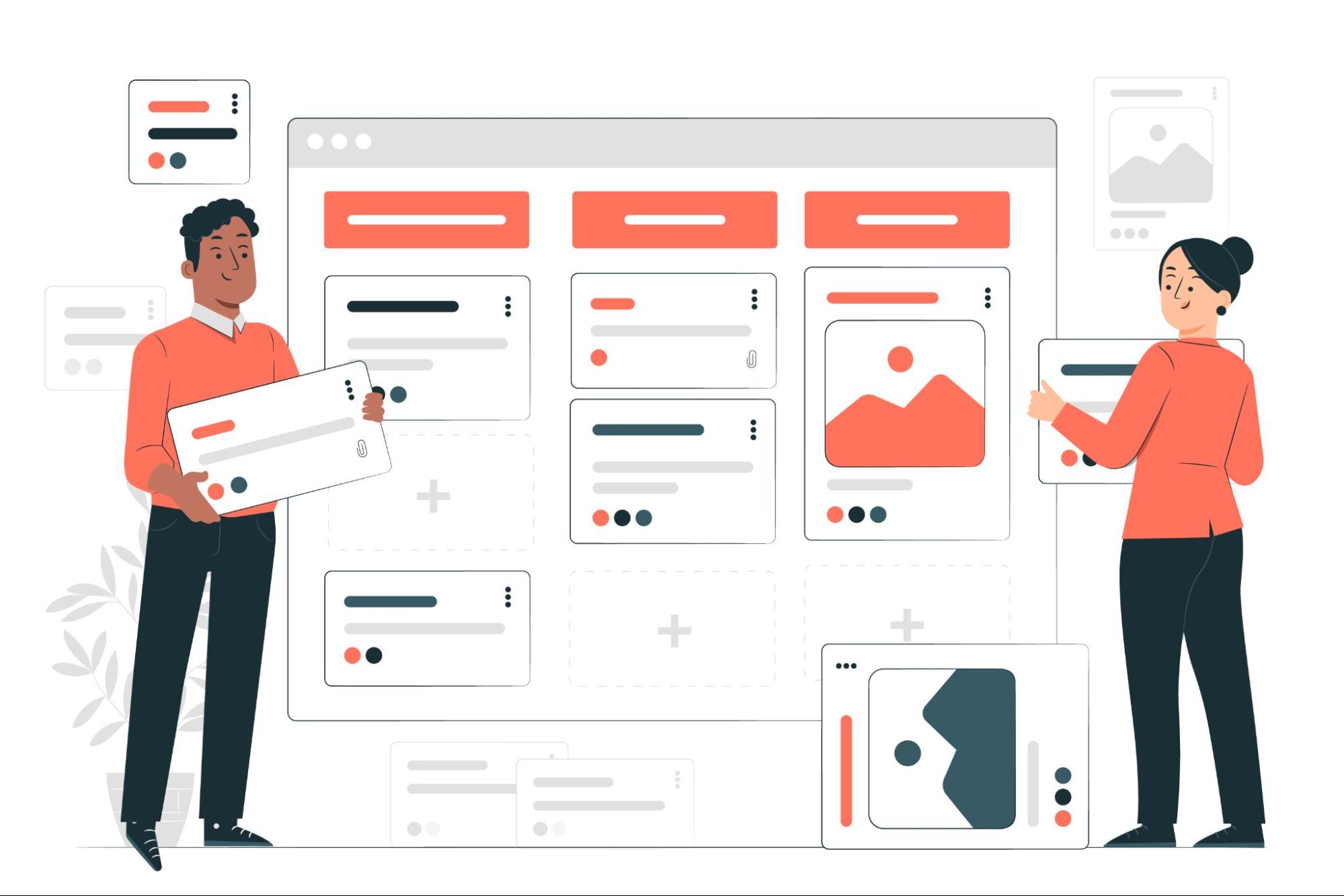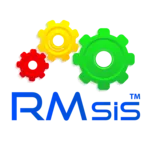Creating a Product Requirements Document (PRD) can often feel daunting, but it's an essential step in ensuring successful product development. Overly detailed PRDs can be cumbersome, while poorly defined ones can lead to confusion. Understanding how to define PRD and what are product requirements is key to striking the right balance and creating a document that serves as a clear guide for your team.
What is a Product Requirements Document?

A PRD is a foundational document that outlines the key aspects of a product you're planning to develop. It typically includes the product’s purpose, key features, functionality, and expected behaviour. The PRD is essential for aligning business and technical teams, ensuring that everyone involved in the project shares a common understanding of the product's goals. After discussing what are product requirements, learn about its role.
The Role of a Requirement Documentation
Starting with a PRD helps product managers define and communicate the product's vision. This document acts as a blueprint, outlining what the product is meant to achieve and detailing its core functionalities. Once the PRD is prepared, it should be shared with all relevant stakeholders, including business leaders, developers, and marketing teams. Their input is crucial to refining the document and ensuring that all parties are aligned on the product’s objectives.
When everyone is on the same page, the PRD becomes a guiding document throughout the product's lifecycle, providing a clear path toward achieving its intended purpose.
Gathering Requirement Documentation in an Agile Environment

In today's agile development environments, gathering and managing product requirements can be challenging but also incredibly rewarding. Unlike traditional approaches, where every detail is documented, agile methodologies emphasise flexibility and collaboration. Here are a few key considerations for creating PRDs in an agile setting:
- Focus on Collaboration: Agile requirements are not about exhaustive documentation but about fostering a shared understanding of the customer’s needs among the product owner, designer, and development team. This collective insight ensures that everyone is aligned and can make informed decisions throughout the development process.
- Empower the Team: In agile environments, product owners can focus on higher-level requirements, trusting the development team to handle the implementation details. This is possible because the team has cultivated a deep understanding of the customer and the product vision through close collaboration and ongoing communication.
- Adaptability: Agile PRDs are living documents. They should evolve as new insights are gained and priorities shift. This adaptability ensures that the product remains aligned with customer needs and market demands.
Building a Shared Understanding Among Teams
Creating a shared understanding among your teams is crucial for successful product development, but it can be challenging to know where to start. Here are some practical tips to help you foster this alignment:
Involve Your Team in Customer Interviews
When conducting customer interviews, invite members from both the design and development teams to participate. This allows them to hear directly from customers, gaining firsthand insights instead of relying solely on the product owner’s notes. It also provides an opportunity for team members to ask follow-up questions while the conversation is fresh in the customer’s mind.
Collaborate on Customer Personas
Developing and utilising customer personas should be a collaborative effort. Each team member brings a unique perspective and set of insights to the table. By working together on personas, everyone gains a clear understanding of how these personas will influence product development.
Team-Based Issue Triage and Backlog Grooming
Make backlog grooming and issue triage a collaborative activity. These sessions are ideal for ensuring that everyone is on the same page and fully understands why the product owner has prioritised certain tasks. This collaborative approach helps to align the team’s efforts and ensures that everyone is working toward the same goals.
To document and organise the insights gathered from customer interactions, consider creating a customer interview template. This will help you capture valuable information systematically. If you’re unsure how to start, follow our tutorial to create effective customer interview pages and turn raw information into actionable insights with tools like the Customer Interview Pyramid.
Steps After Requirement Documentation Team Discussions
After discussing a set of user stories with your engineer and designer, further exploration is needed. Perhaps you’ve identified additional dimensions to consider for the feature you’re working on, or maybe you need to re-examine some underlying assumptions and see how everything fits into the broader picture. As you think deeper and track the open questions, here’s what you can do next:
- Clarify Assumptions: Take time to flesh out any assumptions you’re making. This helps to identify potential risks and ensure that everyone on the team has a clear understanding of the feature’s scope.
- Consider the Bigger Picture: Reflect on how this feature integrates with the overall product. Understanding its role within the larger context can guide more informed decision-making and prioritisation.
- Track Open Questions: Keep a running list of open questions that need answers. This ensures nothing is overlooked and provides a clear roadmap for further investigation.
Keeping A Define PRD Lean with a One-Page Dashboard

Creating a concise and effective Product Requirements Document (PRD) is key to keeping your team aligned without overwhelming them with unnecessary details. Using a one-page dashboard approach can help you achieve this. Here’s how you can keep your PRD lean while still providing essential information:
1. Define Project Specifics
Start by outlining the project’s high-level details at the top of the page. This ensures everyone is on the same page right from the beginning:
- Participants: List all key individuals involved, including the product owner, team members, and stakeholders.
- Status: Indicate the current state of the project—whether it’s on track, at risk, delayed, or deferred.
- Target Release: Provide the projected release date for the product.
2. Team Goals and Business Objectives
This section should be direct and concise. Clearly state the team’s goals and the project's business objectives. The aim is to inform without overwhelming the reader with too much information.
3. Background and Strategic Fit
Explain why this project is being undertaken and how it aligns with the company’s broader objectives. This context helps the team understand the strategic importance of the work.
4. Assumptions
List any assumptions related to the project, whether they are technical, business-related, or user-centric. Being upfront about assumptions helps identify potential risks and areas that may need further clarification.
5. User Stories
Include or link to the user stories relevant to the project. Also, attach any customer interviews, screenshots, or other materials that provide context. Each user story should be detailed enough to present a complete narrative, and success metrics should be clearly defined.
6. User Interaction and Design
As your team develops solutions for each user story, link any design explorations and wireframes to this section. This helps in visualising the user journey and ensuring that design aligns with the project’s objectives.
7. Questions
During the development process, questions will naturally arise. Create a table to document these “things we need to decide or research,” ensuring that these items are tracked and addressed as the project progresses.
8. What We’re Not Doing
To keep the team focused, clearly outline what is out of scope for this project. Highlight any features or tasks that are not being addressed at the moment but may be considered in the future.
Example of a One-Page PRD
Here’s a glimpse of a streamlined product requirements document (PRD) that we've crafted. Keep in mind no two PRDs will look the same. Use this example as a guide to understand the various elements that should be included in your PRD, but feel free to adapt it to best suit your team’s needs.
Key Takeaways from the One-Page Approach
If there’s one thing to take away from this approach, it’s understanding the “why” behind it, rather than just the “what.” The “why” will guide you in creating a PRD that works best for your team. Below are some benefits and challenges we’ve encountered with the one-page dashboard approach:
1. One Page, One Source
Simplicity is key. A one-page PRD acts as the central hub for all information related to a specific set of problems within an epic. By keeping everything in one place, your team members save time accessing information and gain a concise overview of the project.
2. Enhanced Agility
One significant advantage of using a simple page for collaboration (rather than a dedicated requirements management tool) is the flexibility it offers. You don’t have to stick to a rigid format every time—adjust as needed. This agile approach allows you to make changes quickly and efficiently, ensuring the PRD evolves with the project.
3. Just Enough Context and Detail
A well-placed link can be incredibly powerful. We embed numerous links within our PRDs to provide additional context without overwhelming the reader. This method allows you to disclose information progressively, ensuring that team members can dive deeper into the details only when necessary. Linked resources might include:
Customer interviews that offer background or validation for the feature.
- Pages or blogs where similar ideas were explored.
- Previous discussions, technical documentation, or diagrams.
- Videos of product demos or other relevant content from external sources.
4. Collective Wisdom
Documenting product requirements in a central location encourages contributions from across the organisation. It’s not uncommon for team members from different departments to jump in with valuable feedback, suggestions, or lessons learned from similar projects. This collaborative approach helps large organisations feel more cohesive, like a small, tightly-knit team.
5. Engaging "Extras"
Visual aids can significantly enhance communication. Diagrams, embedded images, videos, and dynamic content can all be included in your PRD to help convey complex problems more effectively to your team.
6. Collaboration is Key!
The most critical aspect of creating a PRD is ensuring everyone is involved. Never write a PRD in isolation—always include a developer or relevant team member to co-write it. Share the PRD with your entire team and actively seek feedback. Encourage comments, questions, and contributions. This collaborative approach is especially vital for distributed teams that may not have the opportunity to discuss projects face-to-face.
Challenges of a One-Page PRD Approach

Every method has its drawbacks, and the one-page PRD approach is no exception. Here are two primary challenges we've encountered and observed from customers:
1. Risk of Outdated Documentation
One of the biggest challenges with any form of documentation is keeping it up to date. After implementing a user story and receiving feedback, adjustments to the solution may be necessary. However, it’s often unclear who will update the PRD with the final implementation details. This issue can lead to outdated documentation, which may cause confusion and misalignment among the team. It’s crucial to discuss with your team how you’ll handle updates to the PRD to ensure they remain accurate and relevant.
2. Low Participation and Engagement
Encouraging team members to contribute to the PRD actively can be a significant hurdle. You might find yourself asking, "How can I get people to comment more?" or "What can I do to motivate others to write more specifications and stories on our platform?" This challenge often ties back to how well your organisation has adopted collaborative tools like wikis. Promoting active participation requires using various engagement techniques, and addressing this issue also involves tackling deeper cultural challenges within your organisation.
Moving Forward
When requirements are kept flexible, the product owner can stay attuned to market changes and better understand emerging needs. Keeping the PRD informative yet concise also gives the development team the freedom to choose the implementation approach that best suits their architecture and technology stack.
Remember, the key to success is agility. It’s perfectly acceptable to modify user stories as the team builds, ships, and receives feedback. Prioritise maintaining a high-quality standard and fostering a strong engineering culture, even if it means delivering fewer features.
Now, it’s time to put these principles into practice!





